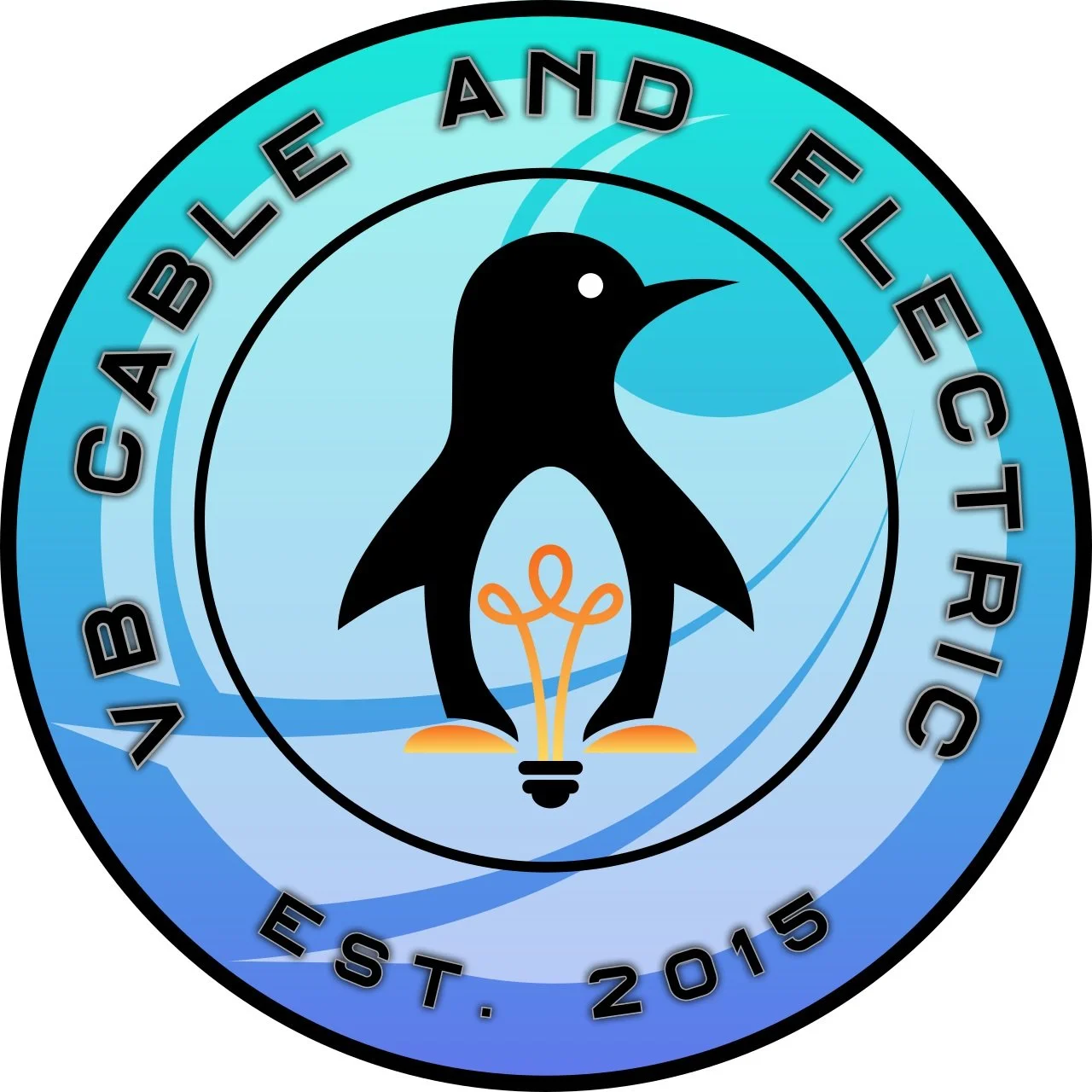The Ultimate Guide to Wiring a House
Wiring a house is a critical part of home construction, ensuring that electricity is safely and efficiently distributed throughout the property. Whether you’re building a new home or upgrading an existing electrical system, proper wiring is essential for safety, efficiency, and long-term reliability. Here’s everything you need to know about wiring a house.
1. Planning the Electrical Layout
Before starting any wiring project, it’s crucial to have a well-thought-out electrical plan.
Key Considerations:
Identify power needs for different rooms.
Plan dedicated circuits for high-powered appliances.
Determine ideal outlet and switch placements.
Include future-proofing for smart home technology and EV charging.
2. Choosing the Right Electrical Panel
The electrical panel is the heart of your home’s wiring system. It distributes electricity to various circuits and protects against overloads.
Panel Options:
200-Amp Panel: Standard for modern homes, suitable for most households.
400-Amp Panel: Ideal for large homes with high-power demands.
Smart Electrical Panels: Provide real-time energy monitoring and remote control features.
3. Installing Electrical Circuits and Outlets
Different areas of your home require specific wiring setups.
Essential Circuits:
Kitchen: Dedicated circuits for major appliances like refrigerators, ovens, and microwaves.
Living Areas: General-purpose outlets and lighting circuits.
Bedrooms: Standard outlets, ceiling fan wiring, and smart home connectivity.
Bathrooms: GFCI outlets to prevent shocks in moisture-prone areas.
Garage and Outdoor Areas: Weatherproof outlets and EV charging station wiring.
4. Types of Electrical Wiring
Choosing the right wiring type ensures durability and compliance with electrical codes.
Common Wiring Types:
NM Cable (Romex): Standard for residential wiring inside walls.
THHN/THWN: Used in conduit for outdoor and high-temperature areas.
UF Cable: Designed for underground installations.
BX Cable (Metal Clad): Provides extra protection for high-risk areas.
5. Safety Codes and Permits
Following local electrical codes ensures compliance and reduces fire hazards.
Important Considerations:
Obtain necessary permits before starting electrical work.
Ensure proper grounding to prevent electrical shocks.
Use AFCI (Arc Fault Circuit Interrupters) and GFCI (Ground Fault Circuit Interrupters) where required.
Hire a licensed electrician for complex wiring projects.
6. Smart Home and Energy-Efficient Wiring
Modern homes benefit from energy-efficient and smart electrical systems.
Recommended Upgrades:
LED Lighting Systems: Reduce energy consumption and extend bulb lifespan.
Smart Switches and Dimmers: Enhance convenience and automation.
Home Networking and Ethernet Wiring: Improve connectivity for smart home devices.
Solar Power Integration: Prepare your home for renewable energy solutions.
7. Testing and Final Inspection
Before using your new electrical system, thorough testing ensures safety and reliability.
Inspection Checklist:
Verify proper breaker labeling.
Test outlets and switches for functionality.
Check for any exposed or loose wiring.
Ensure compliance with local building codes.
Get Professional Wiring Services with VB Cable and Electric!
Wiring a house requires expertise and precision to ensure a safe and efficient electrical system. At VB Cable and Electric, we specialize in new home wiring, panel upgrades, and smart home installations. Contact us today for expert electrical solutions tailored to your needs!
